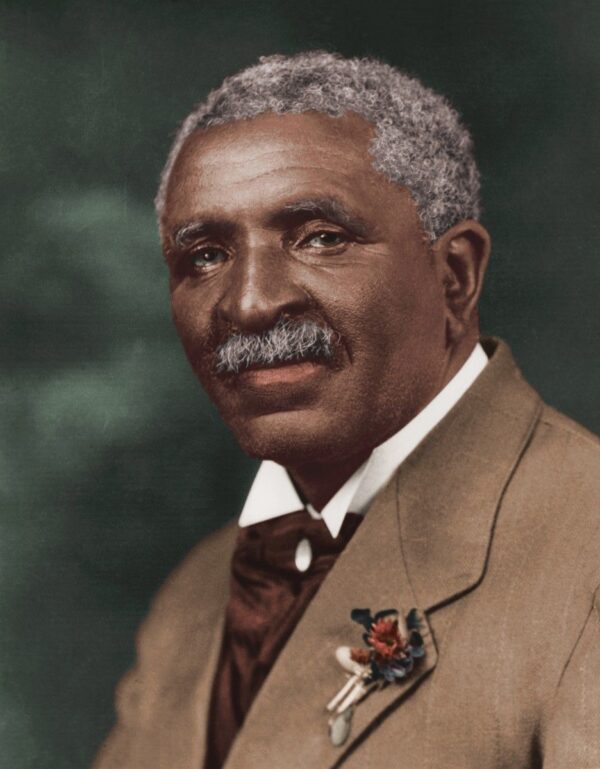George Washington Carver used science to help farmers and uplift people. Learn about his inspiring journey, inventions, and lasting legacy.

🌱 George Washington Carver – The Farmer’s Genius
George Washington Carver was more than just a scientist.
He was a teacher, inventor, artist, and most importantly—a helper of humanity.
Carver was born into slavery in the early 1860s. He overcame hardship to become one of the most respected agricultural scientists in American history.
He didn’t chase fame or money. Instead, he used science to serve others, especially poor farmers.
🥜 The Man Behind the Peanut
Carver is best known for his work with peanuts. But he didn’t invent peanut butter (a common myth!).
What he did was far more important.
He discovered over 300 uses for peanuts, including:
- Paint
- Soap
- Ink
- Rubber
- Cosmetics
He also found many new uses for sweet potatoes, pecans, and soybeans.
These ideas helped farmers in the South move away from cotton. Cotton had drained the soil and kept them in poverty.
👨🏾🌾 Helping Farmers Help Themselves
Carver worked at Tuskegee Institute in Alabama for over 40 years.
There, he taught farmers how to:
- Improve their soil with crop rotation
- Use natural fertilizers
- Grow new crops that were better for the land
His mission was clear: “Give the poor man a way to help himself.”
Carver believed that knowledge should be shared freely. He refused to patent many of his ideas because he wanted everyone to gain.
“It is not the style of clothes one wears, neither the kind of automobile one drives… but the mind that does its work.” – George Washington Carver
💡 A Life of Simplicity and Purpose
Despite his fame, Carver lived a humble life.
He woke up early, worked in his lab, painted flowers, and talked to students about faith and character.
He said science and religion should work together, not apart.
His simple life reminds us of Dr. A.P.J. Abdul Kalam, who also believed in dreaming big while staying grounded.
👏 Recognition and Legacy
Carver received honors from presidents, kings, and scientists worldwide.
In 1941, Time magazine called him the “Black Leonardo.”
But he stayed focused on his goal: to serve humanity through science.
Even after his death in 1943, his legacy continues. Schools, parks, and museums are named after him. His face even appeared on a U.S. postage stamp and coin.
His legacy stands beside other pioneers like Marie Curie, who also broke barriers and lifted others with their brilliance.
🌍 Why He Still Matters
Today, we face challenges like:
- Climate change
- Soil damage
- Food insecurity
Carver’s ideas—sustainable farming, natural living, and innovation with purpose—are more relevant than ever.
🗞️ Final Thoughts
George Washington Carver proved that a simple man with a big heart can change the world.
He used science not for power, but for people.
He reminds us that humility, kindness, and curiosity are the real tools of greatness.
For more inspiring stories of world-changers, visit www.america112.com and stay connected with Recital Blog.

